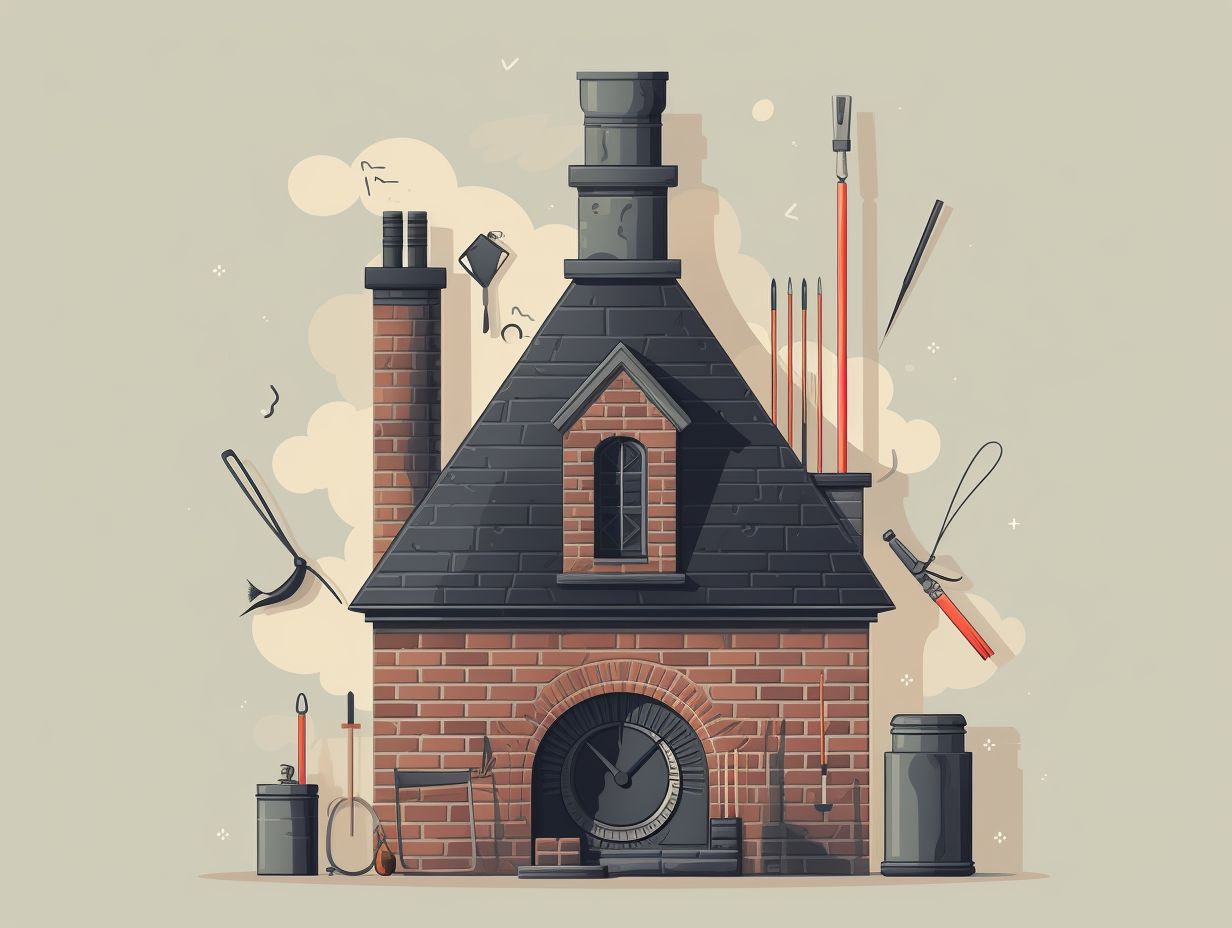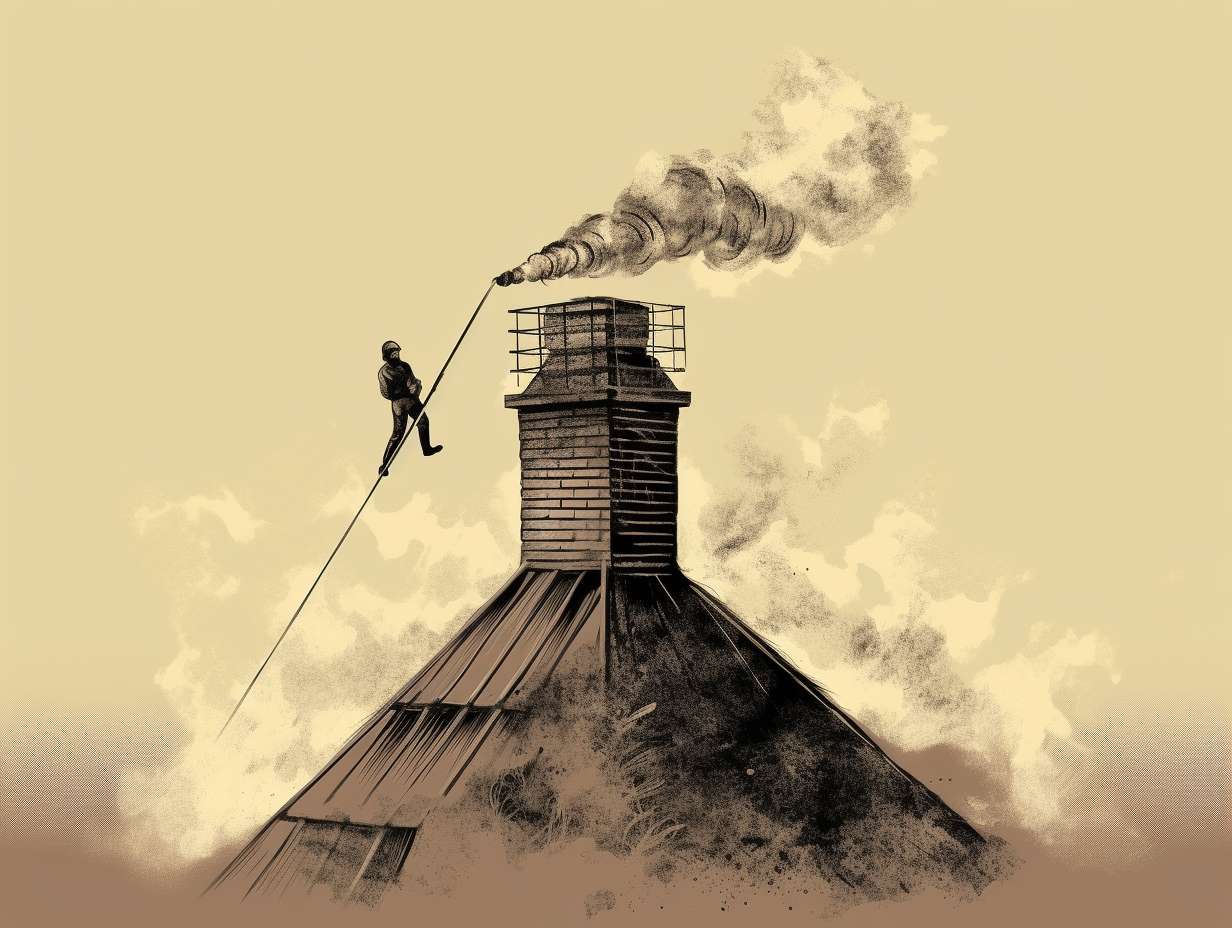
Mastering Chimney Maintenance: Tips For Longevity
Table Of Contents
- Understanding the Importance of Chimney Maintenance
- Signs that Your Chimney Needs Attention
- How to Clean Your Chimney: A Step-by-Step Guide
- The Benefits of Annual Inspections
- Preventing Chimney Damage from the Elements
- Choosing the Right Chimney Cap
- Repairing Chimney Damage: DIY vs. Professional Help
- The Role of Chimney Liners in Maintenance
- Common Chimney Problems and How to Fix Them
- Maintaining Your Chimney for Long-Term Health and Safety
- Frequently Asked Questions
- Conclusion

You’ve probably heard the saying, “A house is not a home without a fireplace.”And it’s true. There’s something about a roaring fire that transforms an ordinary living room into a cozy sanctuary. But with great warmth comes great responsibility. Your chimney needs proper maintenance if you want to enjoy safe and efficient fires for years to come.
It’s easy to take your chimney for granted until something goes wrong. But neglecting its upkeep can lead to costly repairs and even dangerous situations like carbon monoxide poisoning or chimney fires. Don’t let that happen to you! By mastering the art of chimney maintenance, you can ensure the longevity of your fireplace and keep your home warm and comfortable all winter long. Here are some tips to get you started.
Understanding the Importance of Chimney Maintenance
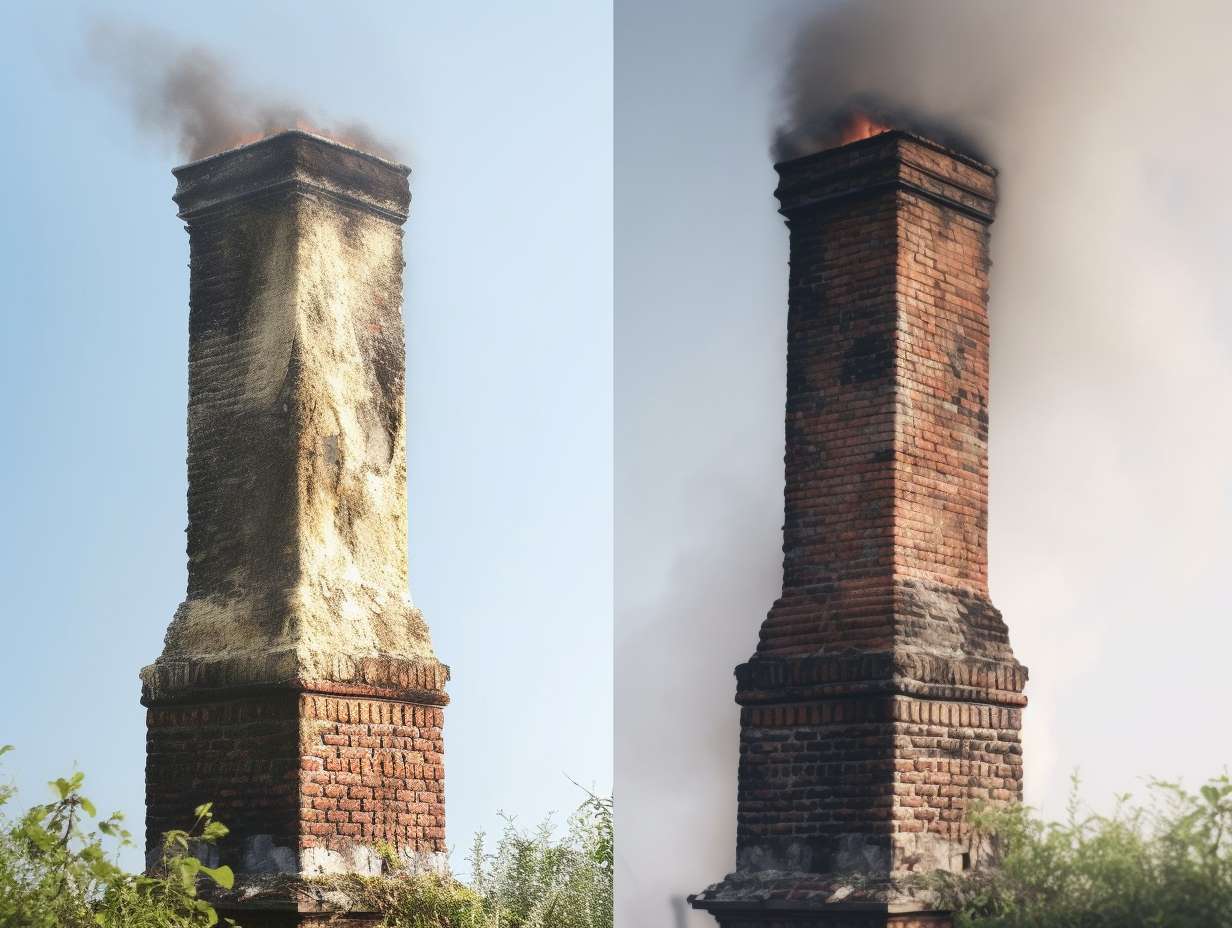
You gotta understand why taking care of your chimney is so dang important. Chimney maintenance importance cannot be overstated, especially when it comes to ensuring the safety of you and your loved ones. Over time, creosote buildup can occur inside your chimney’s flue, which increases the risk of a fire in your home. This flammable substance is produced by burning wood or other materials in your fireplace, and if not regularly removed, can ignite and cause an extremely dangerous situation.
In addition to preventing fires, proper chimney maintenance can also help protect against carbon monoxide poisoning. This colorless, odorless gas can accumulate inside your home when there are problems with ventilation or a blockage in the chimney. By cleaning and inspecting your chimney on a regular basis, you can catch any potential issues before they become life-threatening situations. So don’t take any chances when it comes to the safety measures for yourself and those around you - make sure that you prioritize taking care of your chimney!
Signs that Your Chimney Needs Attention
If your chimney is showing signs of wear and tear, it’s time to take action before the situation gets out of hand. Warning signs include a buildup of soot or creosote, cracked bricks or mortar, rusted metal components, and water damage. These issues can lead to serious problems such as carbon monoxide poisoning, chimney fires, and structural damage.
Don’t underestimate the importance of professional intervention when it comes to chimney maintenance. Hiring a certified chimney sweep for regular inspections and cleanings can prevent costly repairs down the line. If you notice any warning signs, don’t hesitate to call in a professional who can assess the situation and provide expert advice on how to proceed. Remember: taking care of your chimney now will ensure its longevity for years to come.
How to Clean Your Chimney: A Step-by-Step Guide
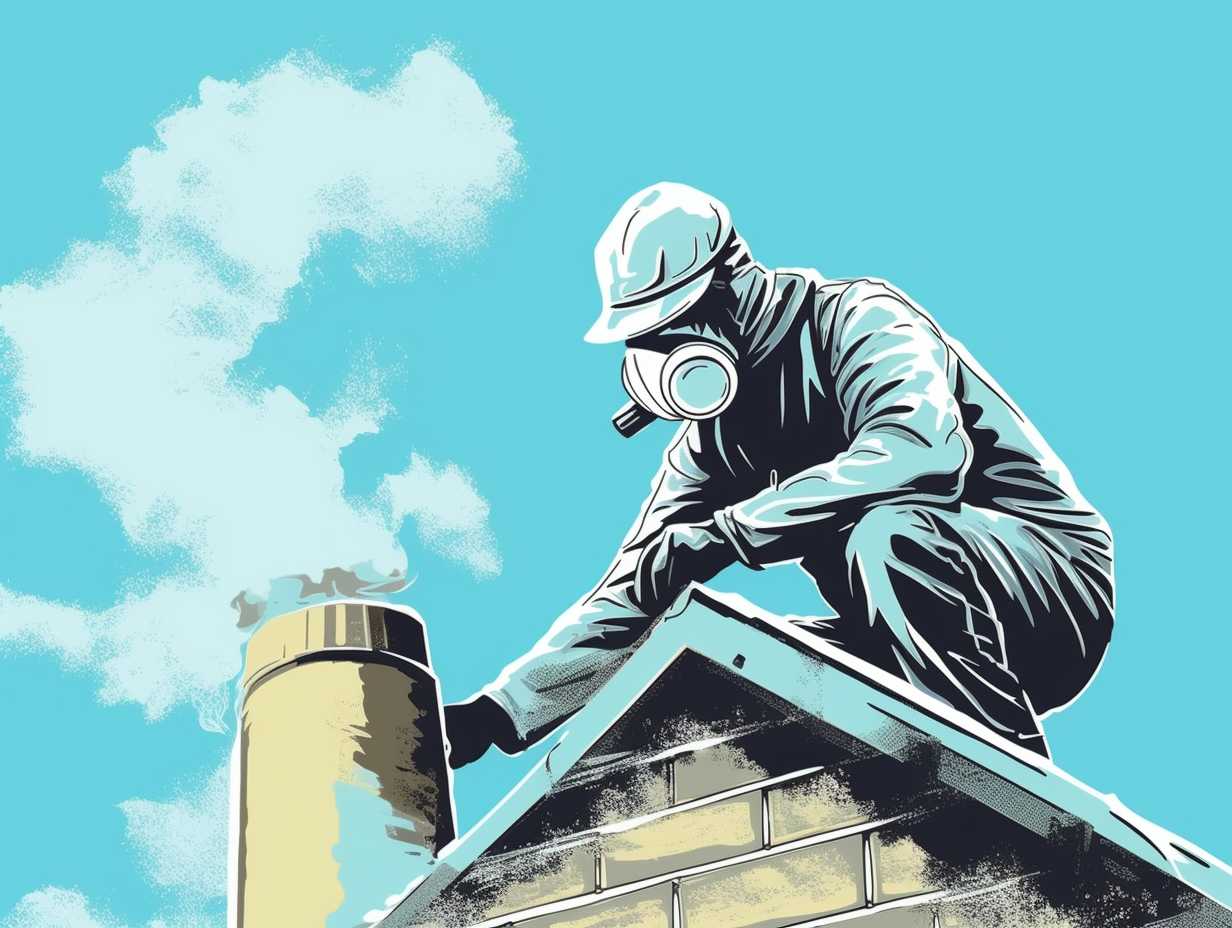
To properly clean your chimney, it’s important to gather the necessary tools and supplies beforehand. You’ll need a ladder, chimney brush, cleaning rods, drop cloth or tarp, goggles or safety glasses, gloves, dust mask, flashlight and a vacuum cleaner with an attachment hose. Chimney brushes come in different shapes and sizes so make sure you select the right one that fits your chimney dimensions. It’s also important to use the appropriate cleaning tools and equipment to ensure that all creosote buildup is removed from inside your chimney.
Begin by laying down a drop cloth or tarp around the fireplace area to catch any debris that may fall during the process. Climb up on your roof using a sturdy ladder and wear protective gear such as goggles or safety glasses, gloves and a dust mask. Use a flashlight to inspect the inside of your chimney for any blockages or buildup before inserting the brush into the flue opening. Attach cleaning rods to extend reach if needed and slowly work the brush up and down while rotating it clockwise until all creosote has been loosened. Finish off by vacuuming out all loose debris from both ends of your chimney system using an attachment hose. Remember that regular maintenance is essential for extending the life of your chimney.
The Benefits of Annual Inspections
Having an annual chimney inspection can provide numerous benefits, including ensuring the safety and efficiency of your fireplace. Here are some reasons why getting your chimney inspected annually is so important:
- Preventing potential fires caused by creosote buildup or other hazards.
- Detecting any early signs of damage or deterioration that could become costly to repair if left unchecked.
- Saving money on energy bills by making sure your fireplace is operating at maximum efficiency.
- Avoiding health problems caused by harmful gases like carbon monoxide that may be leaking from a damaged chimney.
- Ensuring compliance with local building codes and insurance requirements.
In addition to these benefits, scheduling an annual chimney inspection is also cost-effective in the long run. By catching problems early, you can avoid expensive repairs down the road and extend the lifespan of your chimney. So don’t wait until something goes wrong - make sure to schedule an annual inspection for peace of mind and a safer, more efficient home heating system.
Preventing Chimney Damage from the Elements
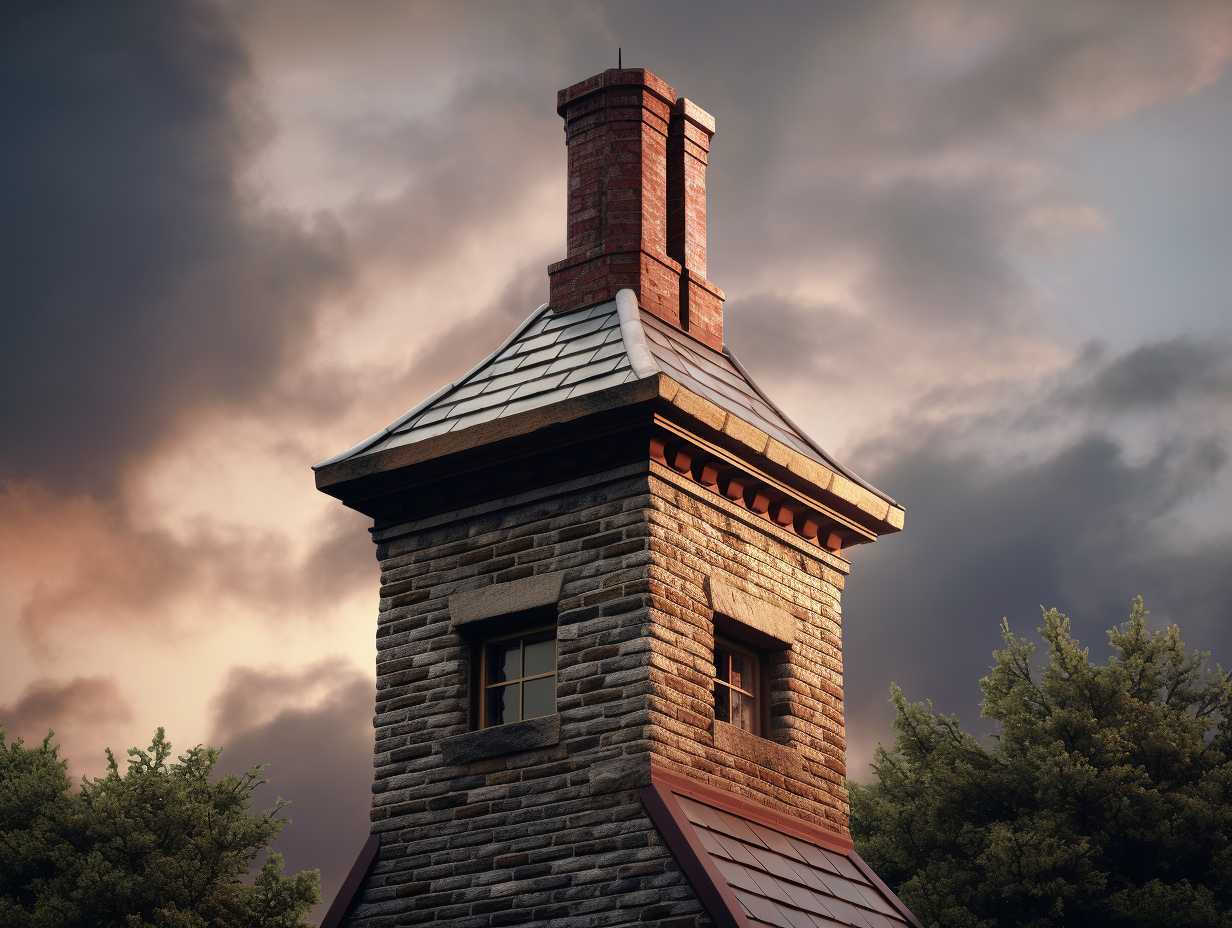
Protecting your chimney from the elements is like putting a roof over your head to keep yourself dry during a storm. If you neglect to take necessary protective measures, you risk damaging your chimney and potentially causing harm to yourself and others. One of the most effective ways to prevent damage from the elements is by using weather-resistant materials for construction or repairs.
Using weather-resistant materials can help protect your chimney against harsh weather conditions such as rain, snow, and wind. These materials are specifically designed to withstand these elements without deteriorating quickly or becoming damaged. Some examples of these materials include stainless steel liners, copper flashing, and waterproof sealants. By investing in these types of materials, you can prolong the life of your chimney and avoid costly repairs down the line.
| Protective Measures | Weather-Resistant Materials |
|---|---|
| Install a Chimney Cap | Stainless Steel Liners |
| Apply Waterproof Sealant | Copper Flashing |
| Cover with a Chimney Crown | Masonry Water Repellent Coatings |
Implementing protective measures alongside weather-resistant materials will ensure that your chimney remains functional and in good condition for years to come. Don’t wait until it’s too late; take action now before the next big storm hits!
Choosing the Right Chimney Cap
You can enhance the functionality and safety of your chimney by choosing the right cap. The chimney cap is a crucial part of your chimney as it helps to prevent rain, snow, debris, and animals from entering your home through the flue opening. Choosing the right cap will ensure that your chimney remains in good condition for years to come.
When selecting a chimney cap, you should consider the size and shape of your flue. A well-fitting cap will not only keep out unwanted elements but also help to improve ventilation. Proper ventilation is essential for maintaining good air quality in your home and preventing carbon monoxide buildup. By choosing the right chimney cap, you can reap all the benefits of proper ventilation while keeping out unwanted visitors from your home.
Repairing Chimney Damage: DIY vs. Professional Help
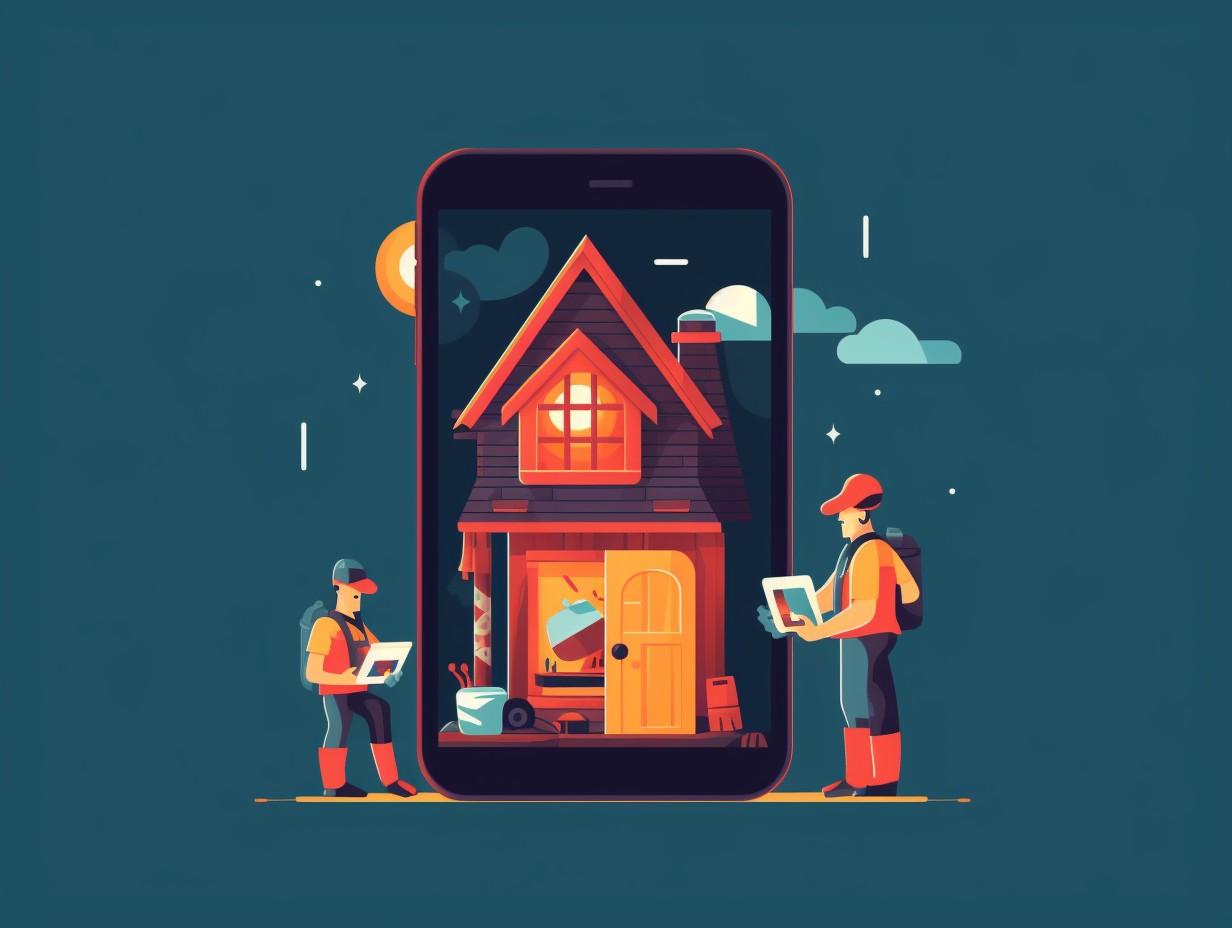
Repairing chimney damage can be a daunting task, but with the right expertise, you can ensure that your home is safe and secure. If you’re considering DIY chimney repairs, it’s important to understand the risks involved. While some minor repairs like replacing a cap or sealant may be manageable for a homeowner, more complex issues such as cracks in the flue or damaged masonry should always be handled by professionals.
Hiring professionals for chimney repairs not only ensures safety but also guarantees quality workmanship. Chimney repair experts have the necessary tools and experience to identify and fix any underlying issues that may cause further damage if left unaddressed. Additionally, they can provide valuable advice on how to maintain your chimney properly to prevent future problems. So while DIY projects may seem tempting, it’s always best to leave major chimney repairs in the hands of trained professionals.
The Role of Chimney Liners in Maintenance
Maintaining your chimney can be a challenge, but with the right liner in place, you can rest assured that your home is safe and sound for years to come. Chimney liners are essential components of any chimney system as they protect the masonry from heat and corrosive byproducts of combustion. They also help improve the efficiency of your fireplace or stove by preventing heat loss.
Chimney liner materials vary depending on the type of fuel being burned and the size of the flue. Common materials include clay tiles, stainless steel, aluminum, and cast-in-place liners. The installation process involves measuring the dimensions of your chimney flue, selecting an appropriate liner material, and securing it in place using specialized tools and techniques. It’s important to hire a professional to install your chimney liner as improper installation can lead to serious safety hazards such as carbon monoxide poisoning or chimney fires.
Common Chimney Problems and How to Fix Them

One of the most common issues with chimneys is creosote buildup, which can be dangerous if not addressed promptly. Creosote is a black, tar-like substance that can accumulate on the inside of your chimney and increase the risk of a chimney fire. To avoid this problem, it’s important to have your chimney inspected and cleaned regularly by a professional.
However, there are also some DIY solutions you can try to prevent creosote buildup and ensure chimney safety. These include using seasoned hardwood instead of softwood for burning, installing an appropriate-sized flue liner to improve draft and reduce condensation, and installing a chimney cap to keep out debris and animals. By taking these simple steps, you can help protect your home and family from potential hazards while enjoying the warmth and comfort of your fireplace.
Maintaining Your Chimney for Long-Term Health and Safety
To ensure the safety and longevity of your chimney, you should make it a habit to schedule regular inspections and cleanings with a professional. Regular cleaning is important because creosote buildup can lead to chimney fires, which can cause serious damage to your home or even be life-threatening. A professional service will not only clean your chimney thoroughly but also detect any potential issues early on and prevent them from escalating.
In addition, getting a regular inspection can help identify any structural problems or damage to the chimney that needs repair. Neglecting these issues can lead to further deterioration of the chimney, leading to costly repairs in the future. By investing in professional services for your chimney maintenance, you’ll save money in the long run and keep your family safe from potential hazards. Check out this table below for some tips on when to schedule these essential services:
| Service | Frequency |
|---|---|
| Inspection | Annually |
| Cleaning | At least annually (more if used frequently) |
| Repairs/Replacements | As needed |
Remember that maintaining your chimney is crucial for its longevity and keeping you and your family safe. Make sure to follow these guidelines for regularly scheduled cleaning and inspections by a professional service provider so that you don’t fall behind on necessary maintenance activities!
Frequently Asked Questions
Can I use any type of wood in my fireplace or chimney?
You should only use seasoned hardwoods like oak or maple in your fireplace. Softwoods like pine produce more creosote and can increase the risk of chimney fires. Always follow safety precautions when using your chimney.
How often should I replace my chimney cap?
Replace your chimney cap every 10-15 years or sooner if you notice signs of wear like rust, cracks, or missing pieces. Choose a durable material like copper or stainless steel for cost effective maintenance. Schedule professional inspections to catch issues early.
Are there any health risks associated with chimney maintenance?
”Better safe than sorry!”Health risks associated with chimney maintenance include exposure to chemicals and respiratory irritants. Safety precautions such as wearing a mask and gloves can minimize these risks.
Is it safe to use chemical cleaners in my chimney?
Using chemical cleaners in your chimney can be dangerous due to their toxicity. Chimney cleaning alternatives, such as mechanical or natural methods, are safer and more environmentally friendly options for maintaining your chimney.
Can I install a chimney liner myself or do I need to hire a professional?
You can install a chimney liner yourself, but hiring a professional is recommended. DIY installation can be dangerous and lead to costly mistakes. Professional installation may cost more upfront, but it ensures safety and longevity of your chimney.
Conclusion
Congratulations! You now have a better understanding of how to maintain your chimney for longevity and safety. By regularly cleaning and inspecting your chimney, you can prevent costly damage and potential hazards. Remember to pay attention to signs of damage, such as cracks or buildup of soot, and address them promptly.
Did you know that according to the National Fire Protection Association, failure to clean chimneys is one of the leading causes of home heating fires? By taking proper care of your chimney, you can help reduce this risk and keep your home safe. So don’t neglect this important aspect of home maintenance – take action today to ensure the health and longevity of your chimney.
Disclaimer: Some information is provided through AI. Users should always conduct their own research and consult with qualified professionals before making any decisions.Affiliate information declaration: We may earn revenue from the products referred on this page and participate in affiliate programs.
